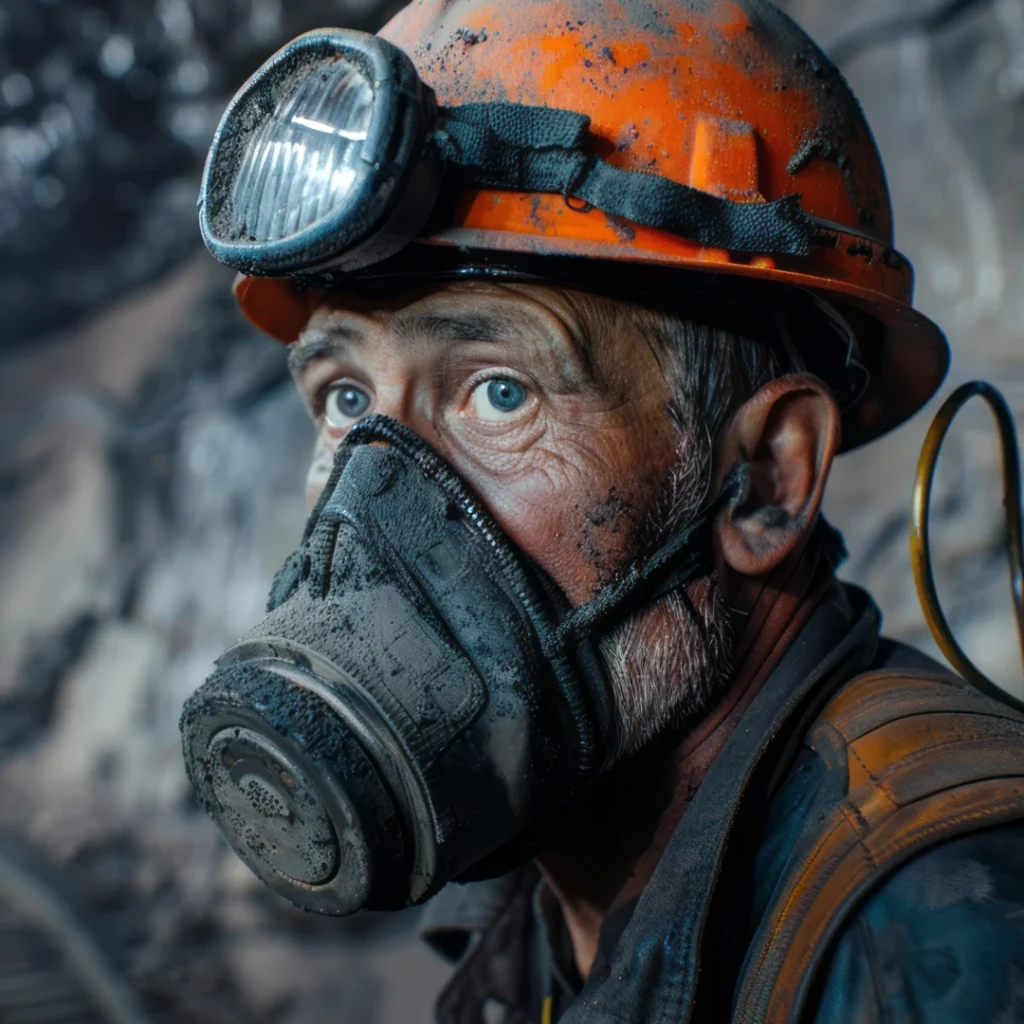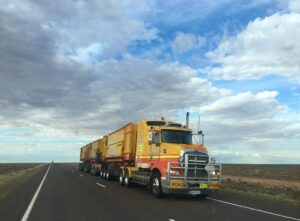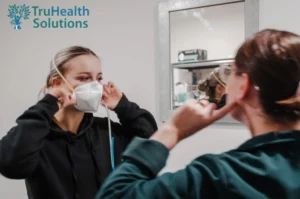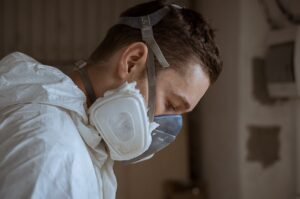Coal Worker’s Pneumoconiosis (CWP), often called Black Lung Disease, is a serious occupational health condition affecting coal miners. It arises from prolonged exposure to coal dust, which settles in the lungs and causes lasting damage.
What Is Coal Worker’s Pneumoconiosis?
CWP is a chronic lung disease caused by inhaling coal dust over time. Once inside the lungs, this dust can trigger inflammation and fibrosis, leading to scar tissue formation that impairs lung function. The disease can develop in two forms:
- Simple CWP: Characterised by small nodules in the lungs.
- Complicated CWP or Progressive Massive Fibrosis (PMF): A more severe form with larger masses of scar tissue.
Causes of CWP
The primary cause of CWP is long-term exposure to coal dust in mining environments. The likelihood of developing CWP increases with the amount and duration of exposure. While not all miners will develop the disease, factors like the type of coal dust and individual immune responses can influence risk levels.
Symptoms and Diagnosis
CWP often takes years to manifest symptoms due to its long latency period. Early signs include a persistent cough and shortness of breath, which can worsen as the disease progresses. In severe cases, respiratory failure can occur.
Diagnosis usually involves:
- Chest X-rays and CT scans to identify nodules or scar tissue.
- Spirometry to assess lung function and measure the extent of damage.
The Role of Coal Board Medicals
Coal board medicals play a vital role in the early detection of CWP. These medical examinations, which include chest imaging and lung function tests, are designed to identify early signs of lung damage before serious symptoms develop.
Regular coal board medicals are crucial for coal workers, enabling early interventions to slow disease progression and reduce further exposure to harmful dust.
Managing CWP
There is no cure for CWP. Treatment focuses on managing symptoms and preventing further progression. Available treatments include:
- Oxygen therapy: To assist with breathing difficulties.
- Pulmonary rehabilitation: To improve lung function and quality of life.
Avoiding further coal dust exposure is critical for slowing the progression of the disease.
Preventative Measures
Prevention is the key to reducing the incidence of CWP. Dust control measures and personal protective equipment (PPE) can significantly limit exposure to coal dust.
- Dust control: Techniques like water sprays and improved ventilation help reduce the concentration of coal dust in the air.
- PPE: Respirators and other protective gear can filter out harmful particles, safeguarding workers’ lungs.
The Future of Coal Mining and CWP
Advances in mining technology and stricter safety regulations are helping to reduce the risk of CWP. Automation and better dust control measures are improving workplace safety. However, regular coal board medicals remain essential for monitoring workers’ health, especially in older mining operations or those with less stringent safety standards.
Support for Workers
For those living with CWP, support is available through workers’ compensation schemes and community resources. Support groups and counselling can help individuals cope with the emotional and financial challenges that accompany the disease.
Truhealth Solutions is dedicated to promoting occupational health through services such as coal board medicals, ensuring early detection and ongoing health monitoring for coal workers across Australia. Early intervention is essential for maintaining long-term health, and regular medicals can make a significant difference.









